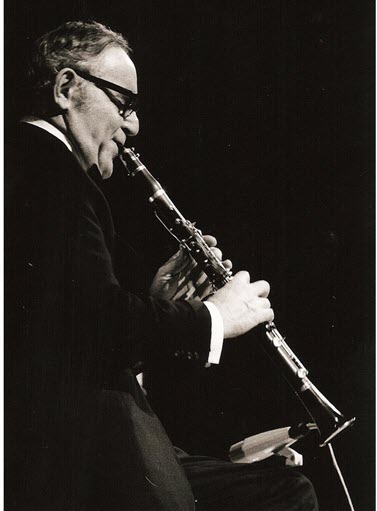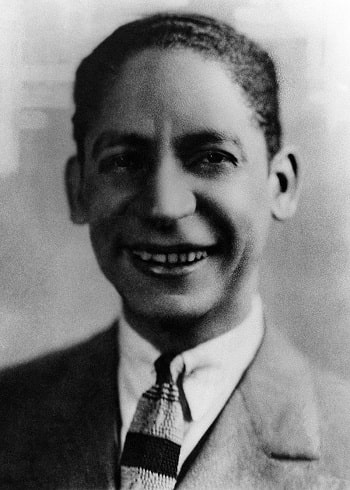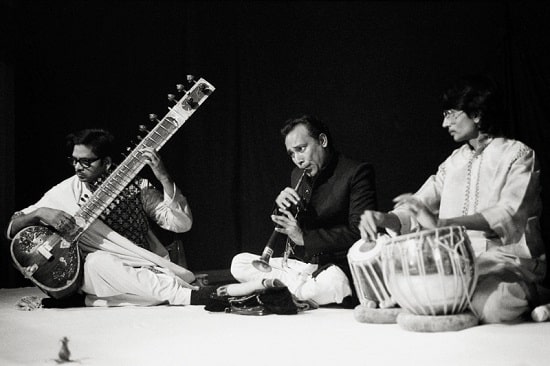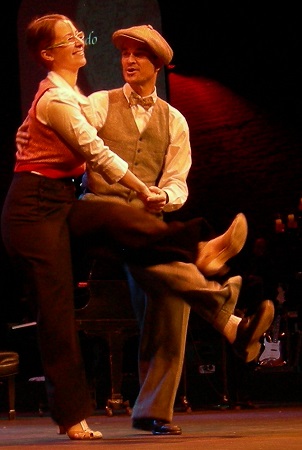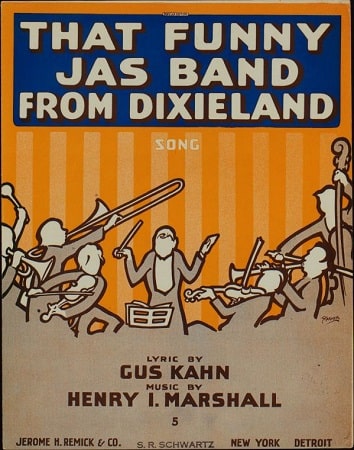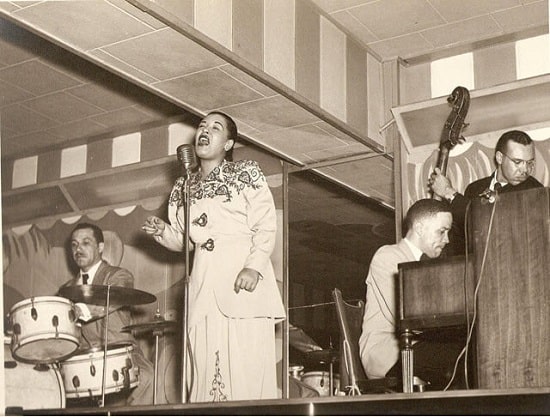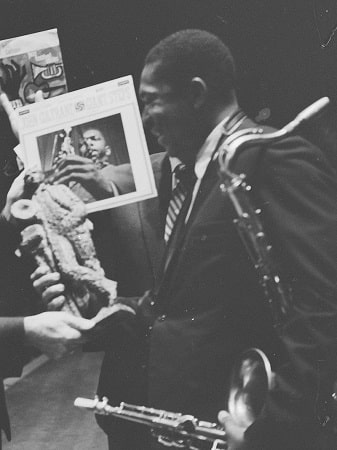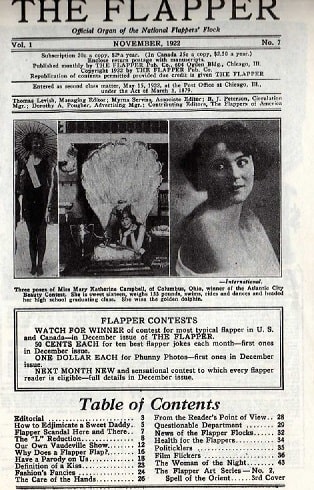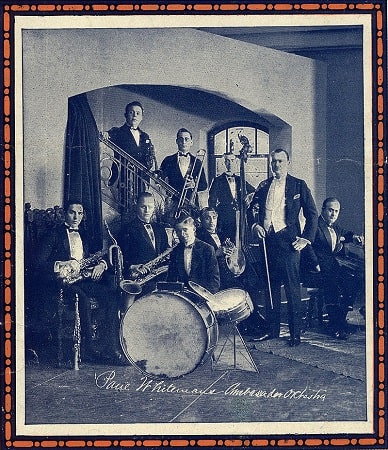The jazz musical genre started in the early 1900s or earlier within the African-American communities of the Southern United States.
It combines African rhythms and European musical elements to create a new African American art form.
In the 1910s, Black musicians in New Orleans began blending ragtime, brass-band marches, and blues to form the definitive origin of jazz. Since its beginnings in the twentieth century, jazz has inspired nearly every American music form.
There are two aspects that almost all jazz styles have in common—improvisation and swing feel. Some people decide it must be jazz if the performers have a reputation for jazz. Others consider how the music is made.
Jazz is one of today’s most popular musical genres. Many individuals are unaware of what distinguishes a jazz song from a blues or pop tune. Here are the top ten interesting facts about jazz music which make jazz unique in style and form.
The Original Dixieland Jazz Band made the first jazz recording on February 26, 1917, in New York, with ‘Livery Stable Blues.’
Its origins are most closely identified with the port city of New Orleans. In the late nineteenth and early twentieth centuries, cultural diversity and rising people made it a melting pot of music.
The origins of jazz are partly conjecture. Traditional African music, marches, church music, and European orchestral music have all been mentioned as influences.
In the 1920s, economic, political, and technical advancements contributed to the popularity of jazz music. African Americans had a significant impact on music and literature in the 1920s.
Jazz can be identified by a few distinguishing traits: swing and syncopation, improvisation, bent notes and modes, and distinctive voices.
10. Jazz Is mostly Swinging.
In music, the phrase swing has two distinct meanings. It is used generically to define the propulsive nature or “feel.” It refers to a technique that alternatively prolongs and reduces the first and second successive beat notes.
The term “swing” is comparable to “groove,” except it is difficult to define. Swing is described as “free speech in music” by Benny Goodman, the “King of Swing,” and “synchronized syncopation” by Louis Armstrong.
Swing was as much in the music expecting the beat as it was in the rhythm itself, like the swing of a jump rope awaiting the jump.
The swing era also helped jazz gain respectability; it was the final big blossoming of jazz before its time of harmonic exploration.
Swing, at its best, attained the art of improvising in which contemporary harmonic conventions mitigated its composers’ artistic originality.
Jazz integrated many different musical traditions from throughout the world into jazz as it evolved. Just because something doesn’t swing like Count Basie, Benny Goodman, or Duke Ellington doesn’t mean it’s not jazz. For most of his career, John Coltrane did not “swing.”
9. Birth of Jazz Music from New Orleans
It all started at Congo Square, a public space in New Orleans where enslaved people congregated, around 1819.
The Atlantic slave trade had delivered over 400,000 Africans to North America by 1866. Slave Africans carried solid traditions and cultures from West Africa.
They engage in cultural activities such as rituals and drumming.
Following World War I, many jazz artists moved from New Orleans to highly-populated cities such as Chicago and New York, resulting in greater diffusion of jazz as diverse styles emerged in different places.
The music of New Orleans had a significant influence on the development of early jazz. Many early jazz artists performed in the Storyville red-light district’s clubs and brothels.
Jelly Roll Morton was a significant figure in the development of jazz, particularly as a writer and arranger. Louis Armstrong popularized jazz worldwide and is still revered today.
Congo Square, located within Armstrong Park’s gates, is significant in New Orleans music. Enslaved people were permitted to continue their African drumming and dance customs Sunday afternoons.
Jazz continues to evolve, absorbing elements from Afropop, Latin dance music, eastern classical music, and pretty much every other item it comes into contact with, all while reshaping different genres worldwide. And so, it has been with jazz since its inception in the lively town of New Orleans.
8. Spontaneous and creative redefining of music; Improvisation
Jazz improvisation is playing spontaneously and improvising by redefining motives, phrases, and statements that sophisticate the musical arrangement.
The real challenge arises when a composer integrates improvisation into a piece, merging composition and improvisation in the act of creativity.
A common misconception about improvisation is that it’s invented out of the air. Jazz musicians are creating a very intricate form of theme and variation.
Seasoned Jazz musicians combine all three techniques to create new works, inspired by the original melody, harmony, and structure representing their unique creative passion.
Composers such as Duke Ellington and Charles Mingus wrote Jazz compositions practically devoid of improvisation.
7. Influence of Indian Classical Music in Jazz
Indian classical and jazz music have much in common as modes of expression. Both Indian music and jazz have melodies based on modes (scales or ragas), pulse-oriented rhythms, and improvisation.
The difference is that in Indian music, the drone remains the same. In contrast, the “drone” itself, or critical center, usually changes Western music.
In addition to melody, both Indian music and jazz employ harmony and tonal color. Indian music maintains a more static harmony, with nuanced melodic phrases that bring out these colors. Jazz is based on progressional harmony, which often changes key or tonic.
The use of expressive melodic pitch bends and embellishments in Indian music has influenced jazz fusion and rock to a great extent. Jazz employs similar short compositions like in Indian classical music, usually a melody with chord changes that also serve as vehicles for improvisation.
Artists like Miles Davis, Jon Hassel, John Coltrane, Maynard Ferguson, John McLaughlin, and Charles Mingus are some of the jazz musicians whose work reflects the continuing influence of Indian music.
McLaughlin’s influence has been mainly Carnatic, evidenced by his groundbreaking electric group The Mahavishnu Orchestra and his later acoustic group, Shakti. At the same time, Mingus wanted to be cremated and even had his ashes spread over the Ganges river.
6. Jazz Music’s Influence on Jazz Dance
Jazz dance was established in ballrooms by the big bands of the swing era (the 1930s and 1940s). It paralleled the creation and growth of jazz from its roots in Black American society. The dances form that gave rise to the present state of jazz dancing evolved from rural slave dances and music.
Although jazz dance is as American as apple pie, it lies in Africa. It dramatically impacted the manner of American and European theatrical and social dance in the twentieth century.
Dance clubs all around the country held contests in which dancers devised and competed with new moves. The fox-trot, waltz, and American tango were the most popular dances throughout the decade.
From 1926 through 1927, the Black Bottom dance fad spread through dance halls, displacing Charleston in favor. Lindy Hop was the forefather of Swing dancing, based on the Breakaway and the Charleston and including aspects of the tap.
On plantations, enslaved Black people practiced traditional dances like the Cakewalk and the Pattin’ Juba. These dances paved the way for developing the Jazz Dance method we know today.
Jazz dance swiftly gained popularity in early America and has since evolved, enhancing the lives of people of all ages. Jitterbug, Charleston, Swing, Boogie-Woogie, and other dance styles emerged in the late nineteenth and early twentieth centuries.
Jazz dance was popular in ballrooms during the 1940s and 1950s. Jazz rhythms penetrated classical, formal European ballet, adding a distinctly American flavor to traditional dancing.
5. Origin of Word Jazz
The term “jazz” is most likely derived from the phrase “jasm,” which supposedly intended “energy, liveliness, spirit.” Some claim that it arose from a variation of “gism” that has the same sense and maybe dates back even further to 1842.
By the end of the nineteenth century, “Gism” had come to denote not only “vitality” but also “virility,” which led to the term or used as slang for “semen.”
“Jazz” finds its origins within white Americans. The first printed uses are in baseball writing in California, implying “lively, energetic.” Initially, the word was spelled differently, not necessarily in the same way.
The term “jazz” was first used in an article in the Los Angeles Times in 1912, and it was used once more four years later in a series of articles in San Francisco. The term may have originated in California and made its way to Chicago, where individuals used jazz to a new type of music around 1915.
Soon after, there were songs about the current music, with “That Funny Jas Band from Dixieland” being one of the first recorded usages and in the 1920s, the Dancing music style used the term “jazz” to any dancing music style, including a few that would not be classified as jazz today.
4. Importance of Jazz music For American Culture
Jazz music is an irreplaceable component of American culture, impacting practically every element of American life. It influenced everything from fashion and poetry to the Civil Rights movement.
The freedom of women was a milestone cultural event. As the popularity of dance halls and jazz clubs grew, many women had a space to express their dissatisfaction with gender stereotypes.
They were permitted to express themselves freely in terms of language and dress. It provided them with the opportunity to meet other like-minded ladies for the first time. Jazz musicians such as Ella Fitzgerald and Billie Holiday were well-known attractions in New York.
Jazz has infiltrated music and culture to the extent where it is practically difficult to pinpoint someone who has not been influenced by it at some point. Jazz exists as a cultural marker and a firmly ingrained form of art, notably during its commercial height during the first half of the twentieth century.
Jazz is the basic American art form due to its history, popularity, and influence on human civilization. Jazz music’s origins are fundamental to its identity and significance in the American experience.
3. Drugs and Alcohol Abuse
Many of America’s best-known jazz musicians died at a young age from cirrhosis and hepatic-cellular carcinoma due to drug and alcohol abuse. Cannabis, and later, intravenous heroin became common drugs in the jazz community. Alcohol was a common addiction among jazz music-makers.
The reasons for the high prevalence of substance abuse continue to this day. Jazz musicians often feel isolated from popular music culture and are financially disadvantaged despite formidable musical skills on their instruments.
Some musicians turned to drugs to stimulate creativity; others used them to dampen the road’s drudgery. A review of 40 jazz musicians about psychopathology showed a similar prevalence of alcohol and drug abuse to other creative groups, except for substance-related problems.
John Coltrane, Charlie Parker, Bill Evans, Stan Getz, Al Cohn, Serge Chaloff, and Zoot Sims were among the jazz musicians who died from liver cirrhosis.
2. The rise of the flapper, new in fashion
The flapper, a new wave of young ladies who wore short skirts and cropped their hair, rose to prominence in the 1920s. Flappers were noted for their fashion sense and for popularizing current cultural trends. They embodied the dance and musical styles that emerged from dance clubs that played jazz and new interpretations of old songs.
In the 1920s, jazz and other new music scene styles erupted onto society. The flappers symbolized this pop-culture movement, whose apparel represented their free spirits and societal openness.
The flapper aesthetic featured short, messy hair in male hairstyles such as the “bob haircut,” with finger waving employed to style it. Corsets and pantaloons were abandoned in favor of “step-in” underwear and simple bust bodices by the Flappers.
They raised the hemlines and gowns and popularized short hair for ladies. The flapper outfits were straight and accessible, with bare arms and a waistline that dropped to the hips.
1. Different Styles of Jazz music
Big Band style is distinguished by forwarding velocity imparted to each player’s note. Swing, often known as “Big Band,” first appeared between 1914 and 1926 and reappeared about 1930.
Bebop: a more complicated form of New Orleans style and swing that emerged in the mid-1940s. The earliest songs had complicated melodies and a harmonic framework. To accompany the rhythm of Bebop melodies, scat singing and soloist improvisation were regularly used.
Free jazz is a distinct style distinct from bebop in which soloists do not perform with an ensemble to achieve a spontaneous and “free” performance.
Fusion combines jazz with rock, soul, and funk; it was prominent from 1968 to 1984 and had a vitality that no other music had.
Conclusion
Jazz originated in America, but today there is no city without it. Big bands and small groups play jazz; it has been played on almost every musical instrument.
It comes in varieties called Dixieland and swing, bebop, hard bop, and fusion. The sounds of jazz have influenced the development of new styles in popular music.
Jazz has an influence on fashion, literature, even society in addition to music. We’ve all heard of and adored the flapper aesthetic; it originated as jazz was so danceable. Finally, as jazz vocalists, women discovered a ‘decent’ method to break into the public.

